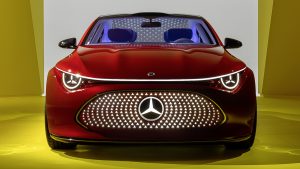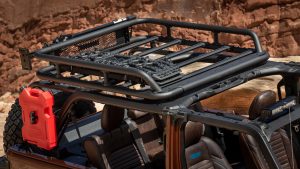All-new Ford Mustang brings old-school V8 power while most of the market is going electric. The pony car segment will have some interesting differences from now on
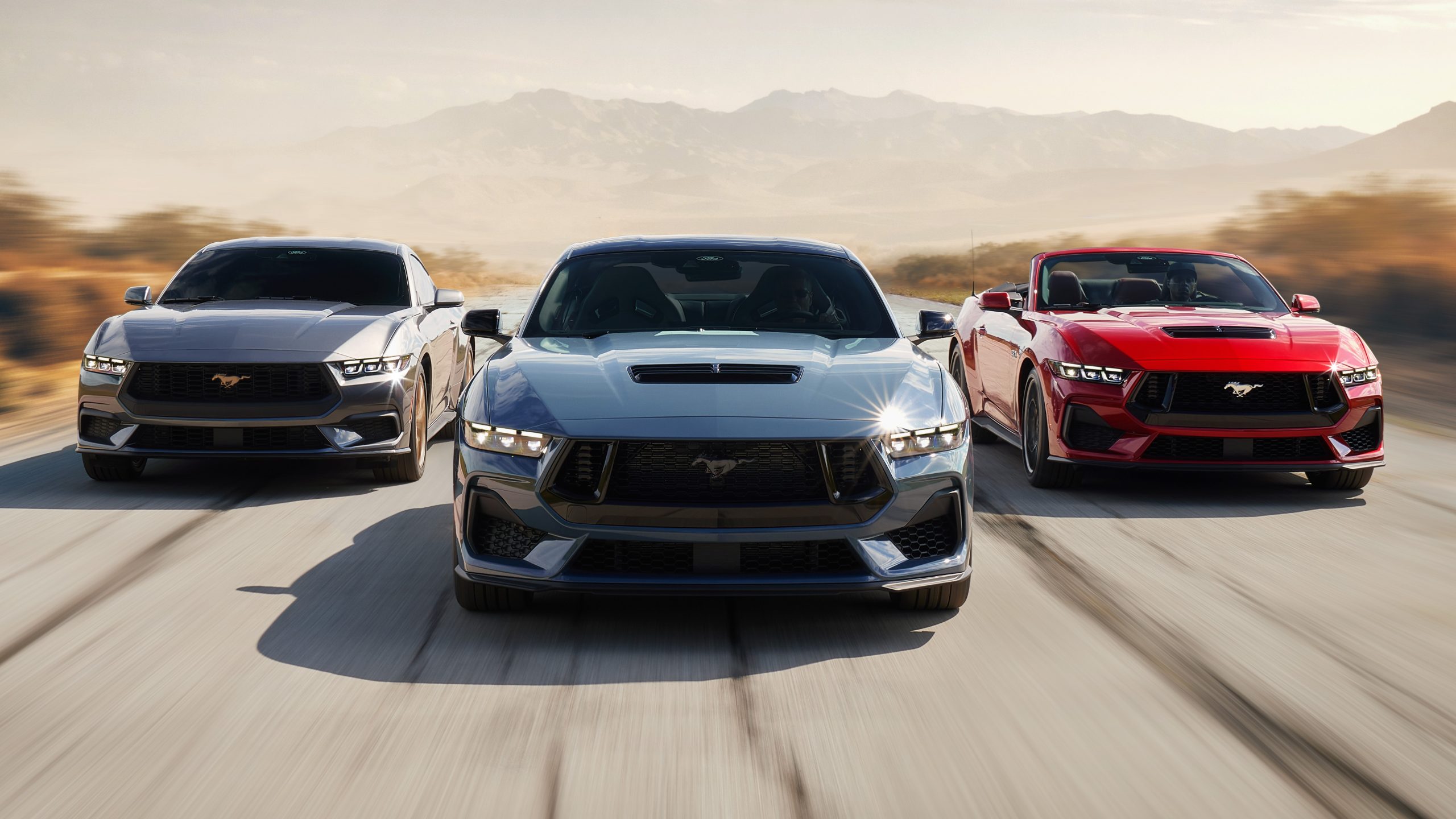
Electrification has become the latest trend in the car world, and we all know it. There are more and more cars embracing it around the world, of all brands, body styles, and sizes. In fact, many are going directly to the electric powertrain, without using hybrid technology as a bridge. However, it turns out that some automakers do not want to deal with such an important change in the very same way.
Take Ford as an example. The company has been investing in electric cars for some time now. Mainstream models like the Escape, Fusion and even Focus have had electrified options for years. More recently, it has offered 100% electric powertrain with the Transit, the Mustang Mach-E and the F-150 Lightning. And yet, now that it is the Mustang’s time, Ford has done something different. Something very different.
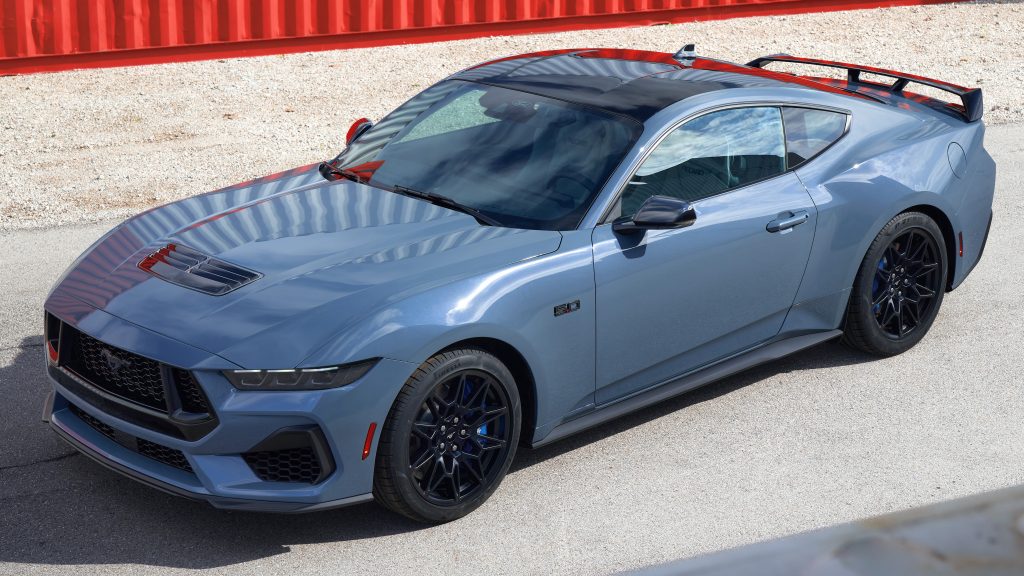
Pony car status quo
This is the very founder of its market segment. Muscle cars were all the rage in the 1960s, mostly in North America, but Ford saw the opportunity to do more. The Mustang came in 1962 with simpler construction, smaller size, and cheaper trim, but kept the typical big engines. High power at low price was irresistible to young drivers and the model became a hit. GM, Chrysler, and AMC hurried to develop similar models.
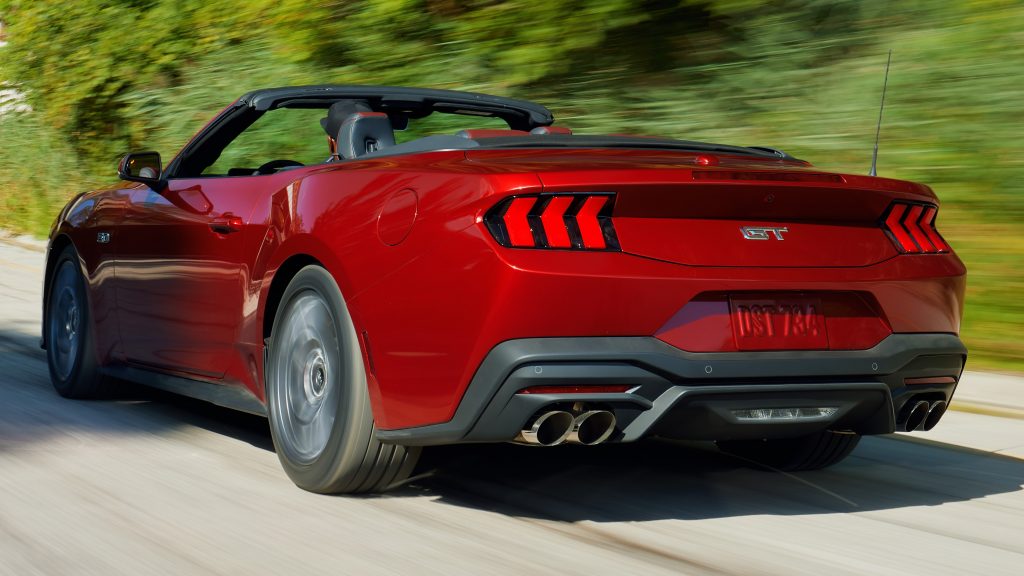
Over the years, general pressure made pony cars change. They had to pollute less, save fuel, and better protect their occupants. Not to mention they had to compete with an increasing number of foreign cars, albeit indirectly. Since all those factors went against their initial sales argument of low price, automakers decided to throw the towel. Starting in the 1990s, the Mustang’s segment became more refined.
Nowadays, muscle cars have become world-class products. Most automakers are multinational companies now, so they have a vast portfolio of technologies and parts to use on them. That is helpful to make them faster, safer, and more efficient than ever. Parallel to that, it makes their development faster and cheaper, therefore less risky. That is a major concern in a market segment which does not have massive sales.
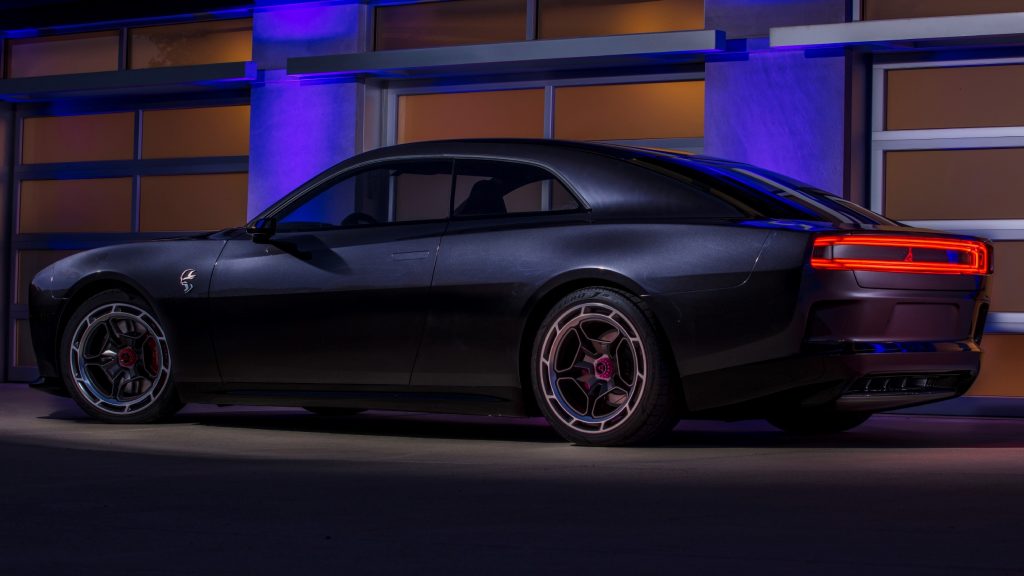
The new pony cars
In a way, the industry derived this segment from that of muscle cars. Therefore, we should keep an eye on the latter today to know what to expect from the former in the future. First, Chevrolet made the news for moving the Corvette’s engine to the central position seeking better overall performance. Lately, Dodge has decided that it will aim for the balance between electrifying its cars and preserving their image.

Shifting to electric powertrain has demanded huge investments from the industry. However, that is the very reason it is sensible for them to move performance cars as well: the more cars use the new motors, the faster the market returns their investment. Keeping one or two combustion engines in production to serve one of two car models would be expensive and that would automatically drive up their prices.
That is important to keep in mind for a simple reason. People value emotional aspects such as the engine sound, but they are only willing to pay so much for them. Dodge’s line was older, so it is already working on going electric. Ford, just like Chevrolet, has younger models. The former decided that there is still time to sell pony cars with the typical V8 engine. That is going to make their comparisons quite interesting.

Car market, diverse again
Several characteristics of modern cars have become standards because buyers and companies made them a rule. That is the case with front-wheel drive for compact cars, five or seven seats, four wheels and, until not long ago, combustion engines. However, that has not always been the case. The Beetle, for example, offered a rear engine with air cooling. And Auto Union would offer their infamous two-stroke engines.
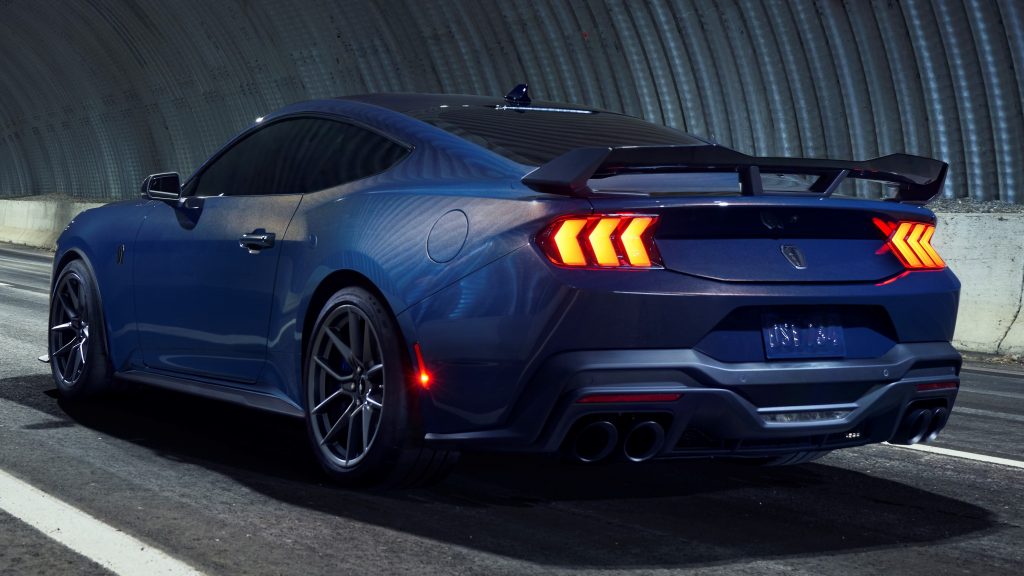
As you can imagine, engine type and position, cooling system, and traction cause significant changes to the car’s dynamic behavior. Back in the 1960s, some companies chose different settings from the general ones on purpose; they became sales arguments. In the 1970s, Fiat advertised the 147 in Brazil using that strategy: it showed the transverse engine as a revolutionary solution to favor internal space.
Nowadays, the Mustang and the Camaro offer four-cylinder engines with a turbocharger, and traditional V8 options. They will soon compete with Dodge’s upcoming electric performance car. Once that happens, it will be a matter of testing them to see how much space electrification will actually have in this market segment. AutomoBible is surely going to cover how this topic unfolds over the next years. Stay tuned!
Danillo Almeida has explored his passion for cars in two distinct ways. The first one is his graduation course in Mechanical Engineering, which will hopefully lead to a job position in the field. The other one is expressing his knowledge and opinions on the matter through writing. Almeida has already contributed to blogs, stores, and websites in general writing automotive content in many formats.

